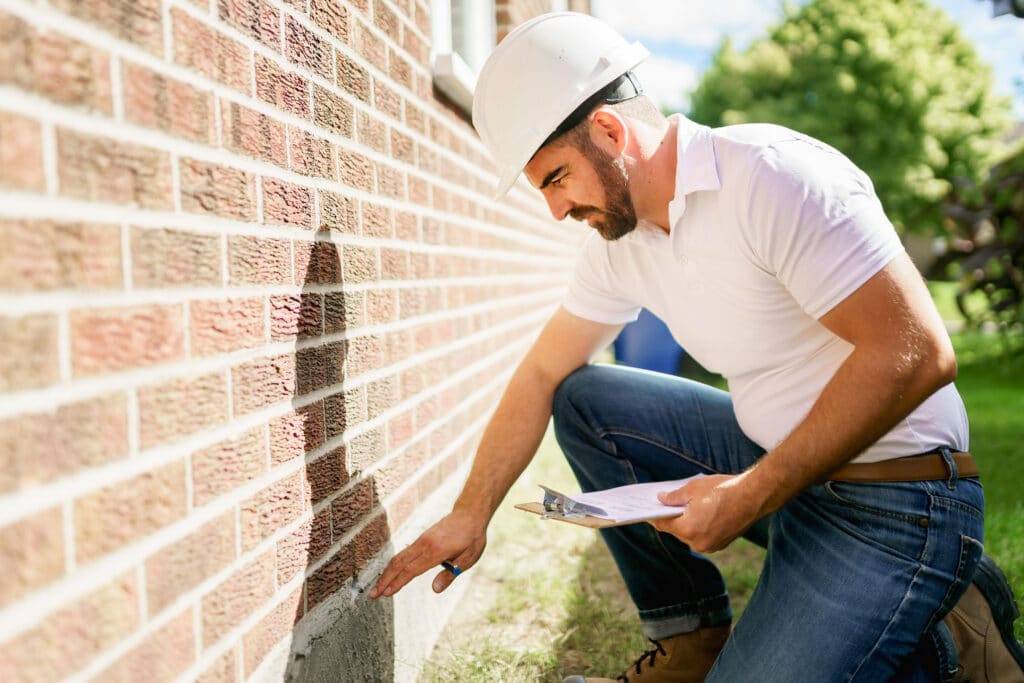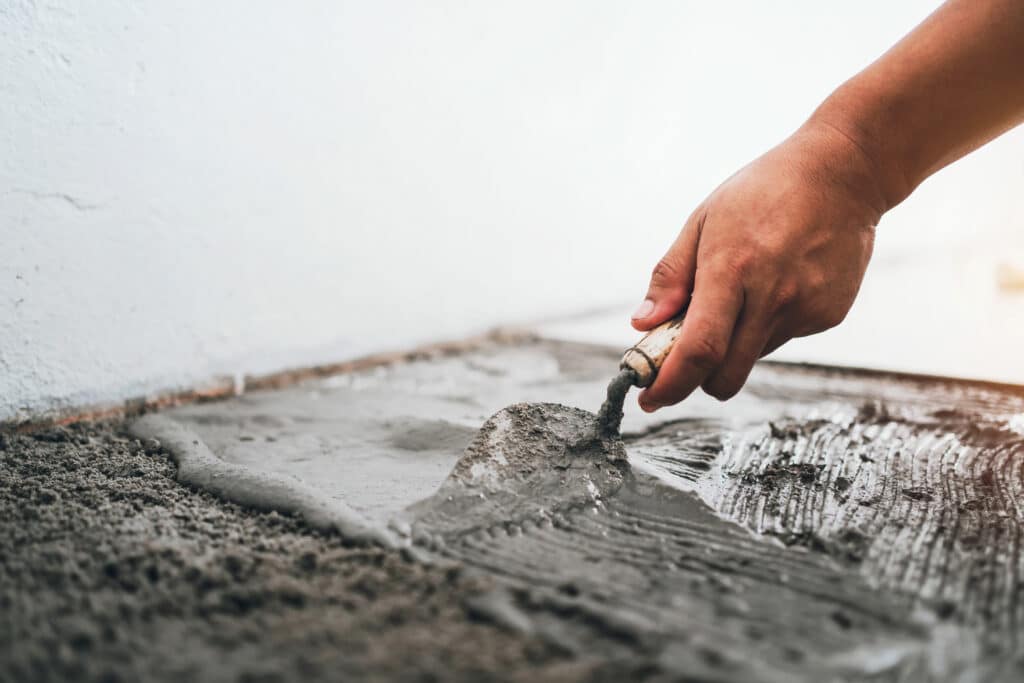Common Causes of Foundation Problems in Salem
Some typical reasons why Salem homeowners deal with foundation problems include:
- Standing water: Water accumulation around your home can harm your foundation, especially when it collects in areas your gutters don't protect.
- Aging plumbing: The average Salem home construction year is 1979. If you live in an older home, it's likely to have cast-iron plumbing. When the pipes start eroding, leaking water could reach your foundation and even pool beneath it.
- Soil composition: Soil with large clay or sand concentrations is highly expansive. In the heavy rainfall Salem receives, the soil soaks up moisture like a sponge, then releases it in dry seasons. The constant expansion and contraction presses against nearby foundations, even if the foundations stay dry.
- Improper modifications: Landscaping or roofing work that wasn't performed to standard could result in your foundation settling.
- Tree Roots: Tree roots can enter a home's foundation through cracks, and may exert pressure that results in your foundation cracking, pipes rupturing, and overall structural destabilization.
How to Choose the Best Foundation Repair Company
Your home's structural integrity depends greatly on its foundation. It's crucial to select the most qualified crew possible. Center your research on these attributes:
Licensing and Experience
Oregon foundation repair companies need either a Residential General Contractor or Residential Specialty Contractor license from the state Construction Contractors Board. To further understand your contractor's experience, we recommend asking questions about how its team will draft plans and pull permits, what local codes apply to your project, and how the company inspects foundations.
One of the best ways to evaluate a company's reputation is to explore its website. Look for the company's history and what credentials its team holds. Many top companies provide educational content for potential customers.
Customer Reviews
We recommend looking into the company's Better Business Bureau (BBB) profile to determine whether it's accredited and has a positive customer review score. You can check whether other homeowners have expressed satisfaction or filed complaints. Pay special attention to what customers say about company warranties. Negative feedback doesn't mean a contractor is bad news. BBB reviews show how the company addressed complaints. It's a good sign if the company has settled issues proactively and appropriately. You should steer clear of a company with many negative reviews, no credentials, and no communication regarding issues.
Foundation Repair Cost in Salem
The price of foundation repair can differ quite significantly depending on the scale of the issues and what's needed to resolve them. For minor foundation fissures and settling problems, you may pay as little as $1,800. However, if there is substantial damage, the average cost lands at about $2,600. More complex projects involving tunneling, helical piers, or major mudjacking could cost upwards of $6,700. See below the average foundation repair costs for common issues.
| Common Foundation Repair Services | Average Cost |
|---|---|
| Crack Repair | $312 |
| Leak Repair | $2,444 |
| Stabilization | $4,190 |
| Underpinning | $1,198 |
| Waterproofing | $2,694 |
Ready to Get a Quote on Your Foundation Repair Project?
Please enter a valid 5-digit zip code!
Frequently Asked Questions About Foundation Repair in Salem
How much does foundation repair cost in Salem?
Can a foundation always be fixed?
What preventive measures can I take to avoid foundation issues?
- Ensure your home's gutters and downspouts are properly installed and direct water away from your foundation to prevent water accumulation.
- Irrigate the soil around your foundation evenly, especially during dry spells, to prevent shrinking and expansion.
- If possible, grade the soil around your home to angle away from your foundation, promoting water drainage and minimizing the risk of foundation issues.
- Inspect your foundation for cracks, and address any issues immediately.
What are some "red flags" indicating a foundation company to avoid?
To share feedback or ask a question about this article, send a note to our Reviews Team at reviewsteam@thisoldhousereviews.com.
More Foundation Resources
National Foundation Repair Ranking Methodology
Sources
U.S. Census Bureau (American Communities Survey)
















